By Dan Buckler, DNR Urban Forest Assessment Specialist, Madison, daniel.buckler@wisconsin.gov or 608-445-4578
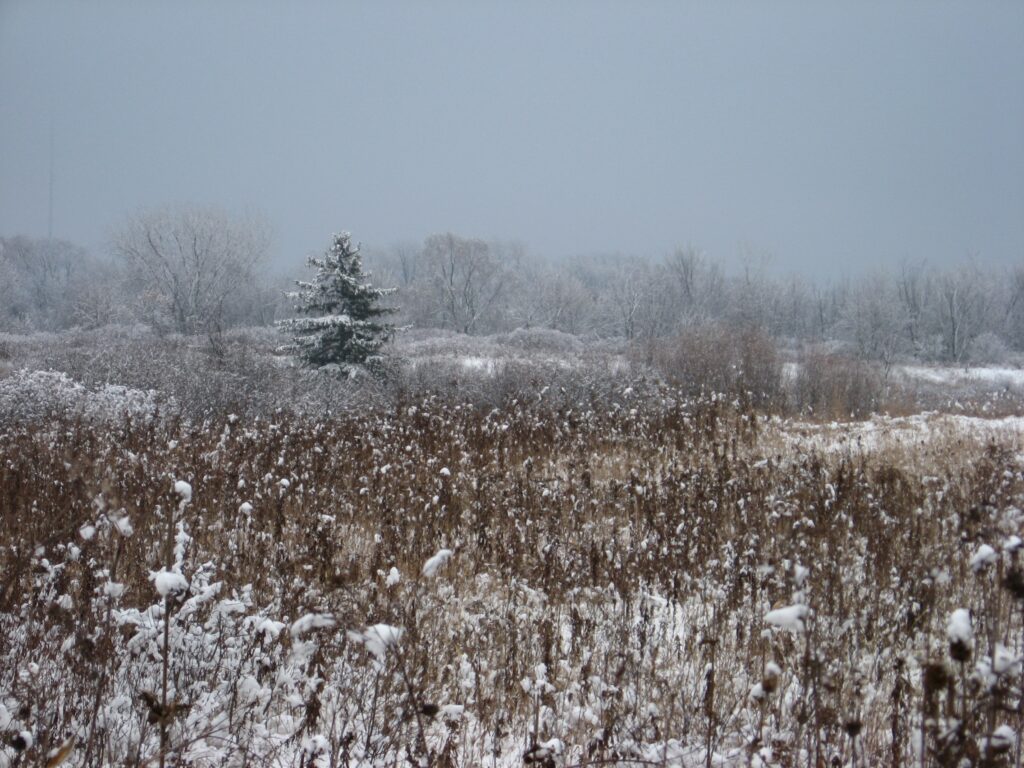 Sunlight fades, then sunlight grows. With those celestial rhythms surrounding the winter solstice, millennia of ritual have been shaped. Winter is historically an extremely dangerous time, in a way unfathomable to those of us with furnaces and stocked pantries. But at the winter solstice, something important happens: ever so gradually, the days start to lengthen, and there is hope that a bright, warm world will return.
Sunlight fades, then sunlight grows. With those celestial rhythms surrounding the winter solstice, millennia of ritual have been shaped. Winter is historically an extremely dangerous time, in a way unfathomable to those of us with furnaces and stocked pantries. But at the winter solstice, something important happens: ever so gradually, the days start to lengthen, and there is hope that a bright, warm world will return.
That’s where evergreens enter the picture, plants that have been incorporated into solstice rituals since time immemorial because they show that life can continue through hardship. The foundational value of every Christmas tree, mistletoe sprig and holly branch is thus a symbol for life and the promise of rebirth comes with the winter solstice.

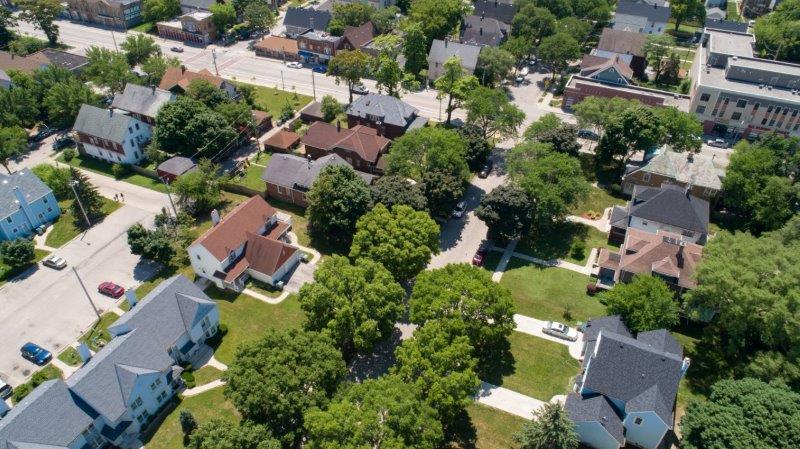 When I returned to my hometown neighborhood in northeast Ohio this past August, I was delighted to rekindle my friendship with so many trees that I have known most of my life. There are, of course, the Norway maples and crabapples and blue spruces found in maintained spaces throughout eastern America. One also finds a fair number of sugar maples and Ohio buckeyes. But despite apparently living in a democracy, red oak is king of my neighborhood.
When I returned to my hometown neighborhood in northeast Ohio this past August, I was delighted to rekindle my friendship with so many trees that I have known most of my life. There are, of course, the Norway maples and crabapples and blue spruces found in maintained spaces throughout eastern America. One also finds a fair number of sugar maples and Ohio buckeyes. But despite apparently living in a democracy, red oak is king of my neighborhood.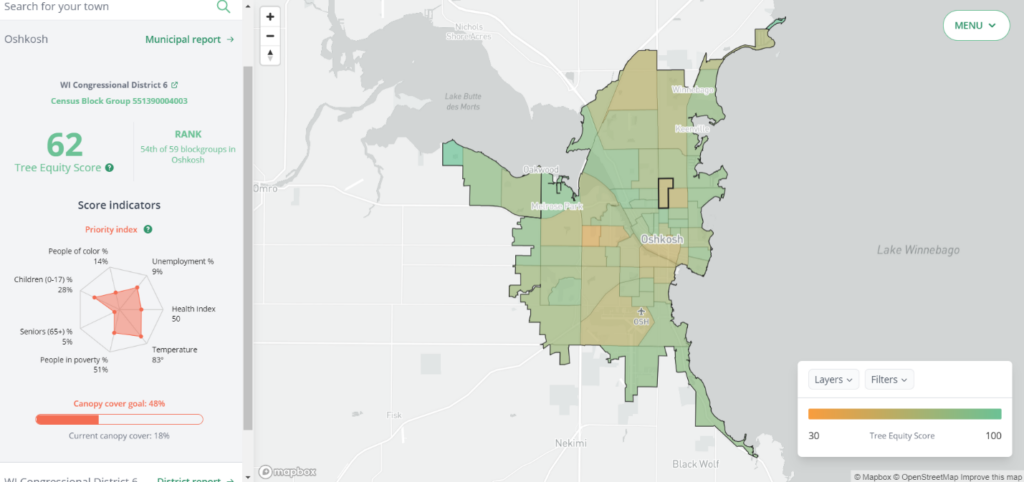
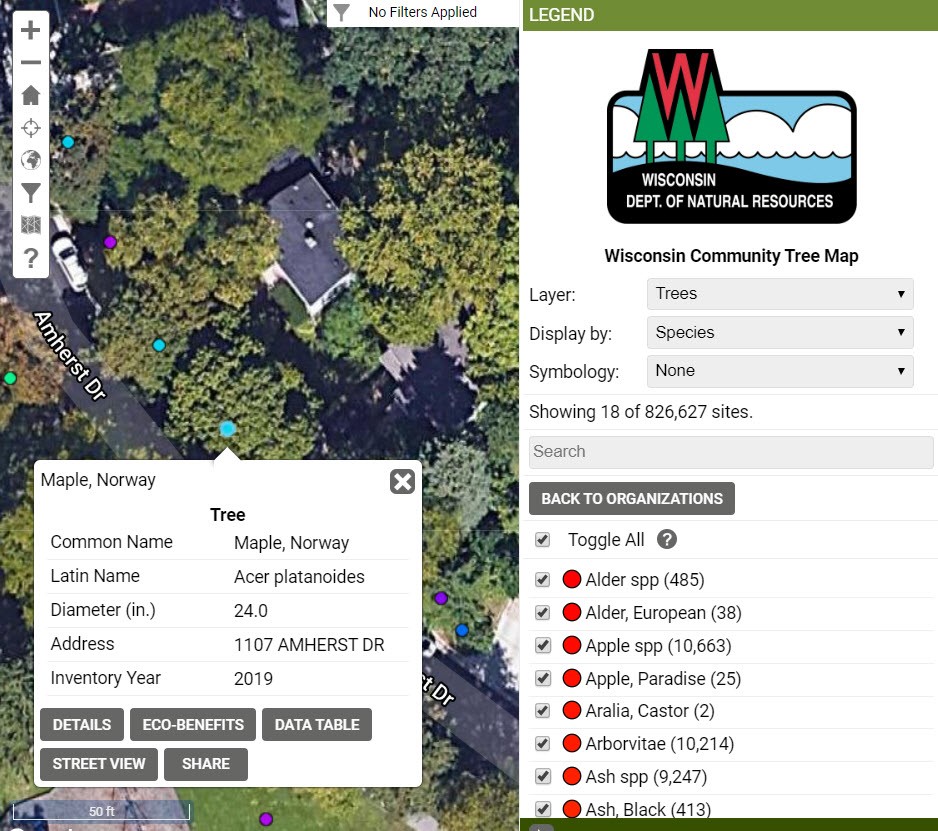 Do you have a tree inventory but have had a hard time keeping it current, or you’re interested in inventorying some trees of your own? The Wisconsin Department of Natural Resources (DNR) is funding several accounts for communities or organizations to edit data within the
Do you have a tree inventory but have had a hard time keeping it current, or you’re interested in inventorying some trees of your own? The Wisconsin Department of Natural Resources (DNR) is funding several accounts for communities or organizations to edit data within the 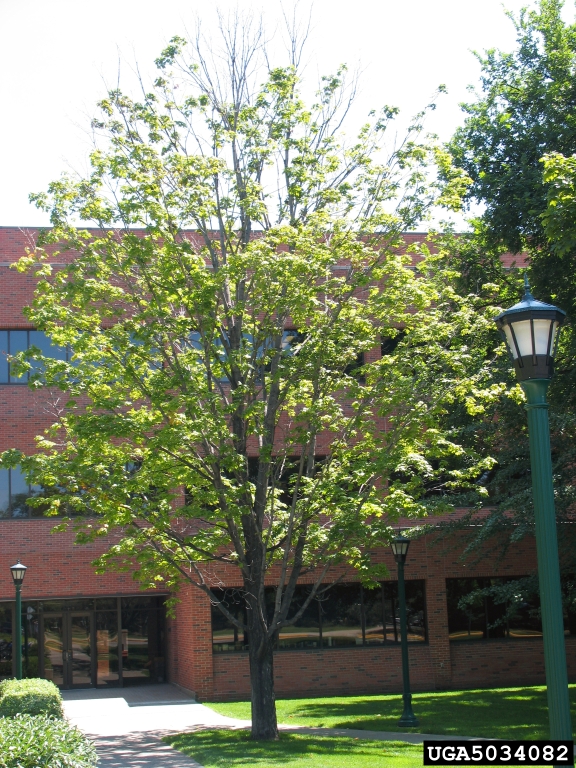
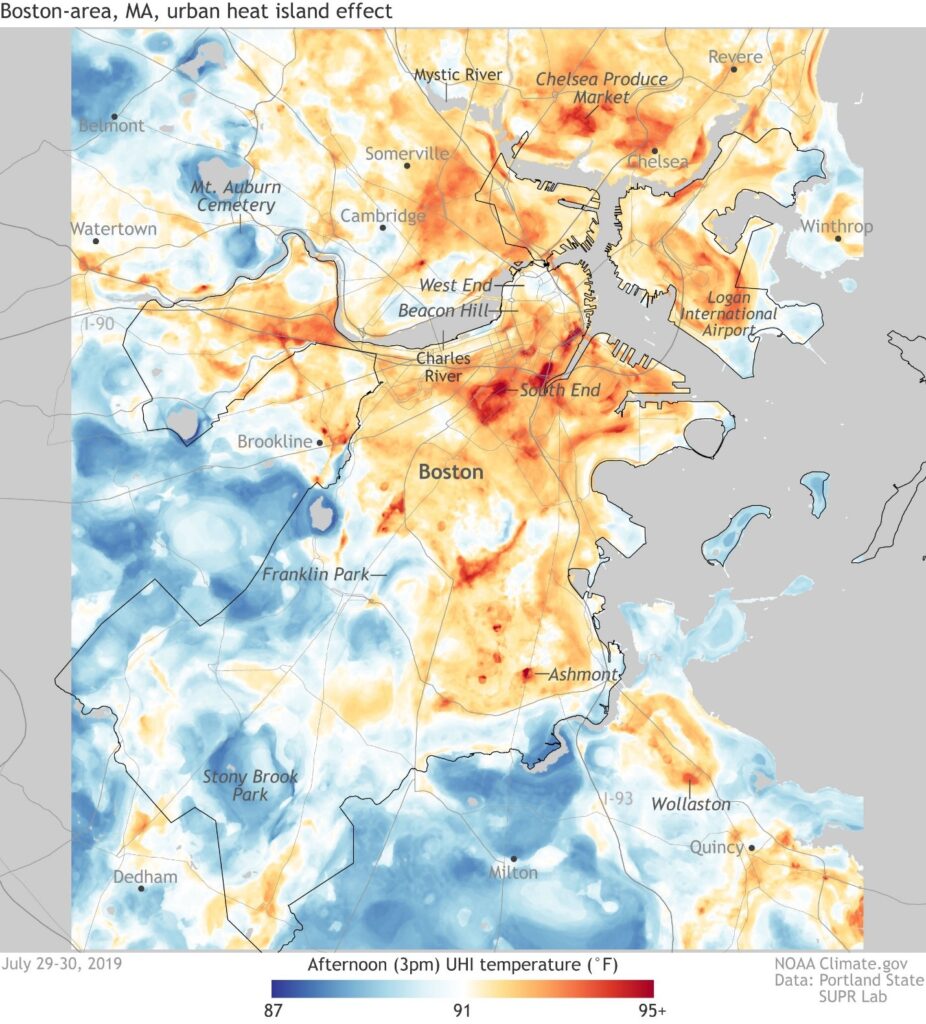
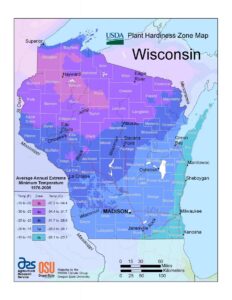 Jack Frost descends upon us all in Wisconsin, but the depths to which he brings the mercury differ depending on your latitude, elevation, and proximity to water or urban areas. These differences are observed in a location’s cold hardiness zone, which represents the average minimum temperature a location is expected to experience.
Jack Frost descends upon us all in Wisconsin, but the depths to which he brings the mercury differ depending on your latitude, elevation, and proximity to water or urban areas. These differences are observed in a location’s cold hardiness zone, which represents the average minimum temperature a location is expected to experience.